Record Market Values for Football Players - Who Were the Top Investments and When
Who’s most valuable player in the world in a way reveals who is the best. Or best investment. So here are the record market values for football players ever!

It's the one shirt number all the kids aspire to wear from the start of their infatuation with football. It's certainly one that is the most iconic, and inmovable to a different part of the pitch. Reserved only for those possessing a specific set of skills, none of which is more important than goalscoring. The number 9 in football is inseparable from the striker. It's an individual title set highly in the list of future achievements made by any ambitious player.
It's often the case that the number 9 is so important for the centre-forwards themselves, that even when they can't get that exact shirt at a new club because it belongs to a different player already, a substitute is seeked. So usually the players will pick a 99 number, or one that combines into a 9. Like 18. Such was the case with Aleksandar Mitrovic wearing the 45 shirt number.
But let’s return first to the origin of the number 9 symbolism.
During football's puberty, during the early parts of the 20th century, the players started wearing numbers on the shirt. So that the increasing numbers of viewers could differentiate the actors on the pitch.
As there are 11 players on the pitch, the goalkeeper got the 1 and onwards the defence and midfield started filling in the quota.
It's logical to ask why the number 9 is given to the most forward-placed player. Shouldn't it be 11? Well, the answer lies in the formations of old, which were commonly fielding a five-man forward line. So in a 2-3-5 formation, as the numbering would go from left to right, the striker was in the middle hence the 10 and 11 came afterwards.
While now it’s common to see top-notch strikers not wear the number 9, like Harry Kane for instance, it’s still unimaginable for a player from midfield or defence to get this shirt.
While some strikers can choose not to wear the 9 on their back, for one reason or another, more often then not it’s a defining element of their identity.
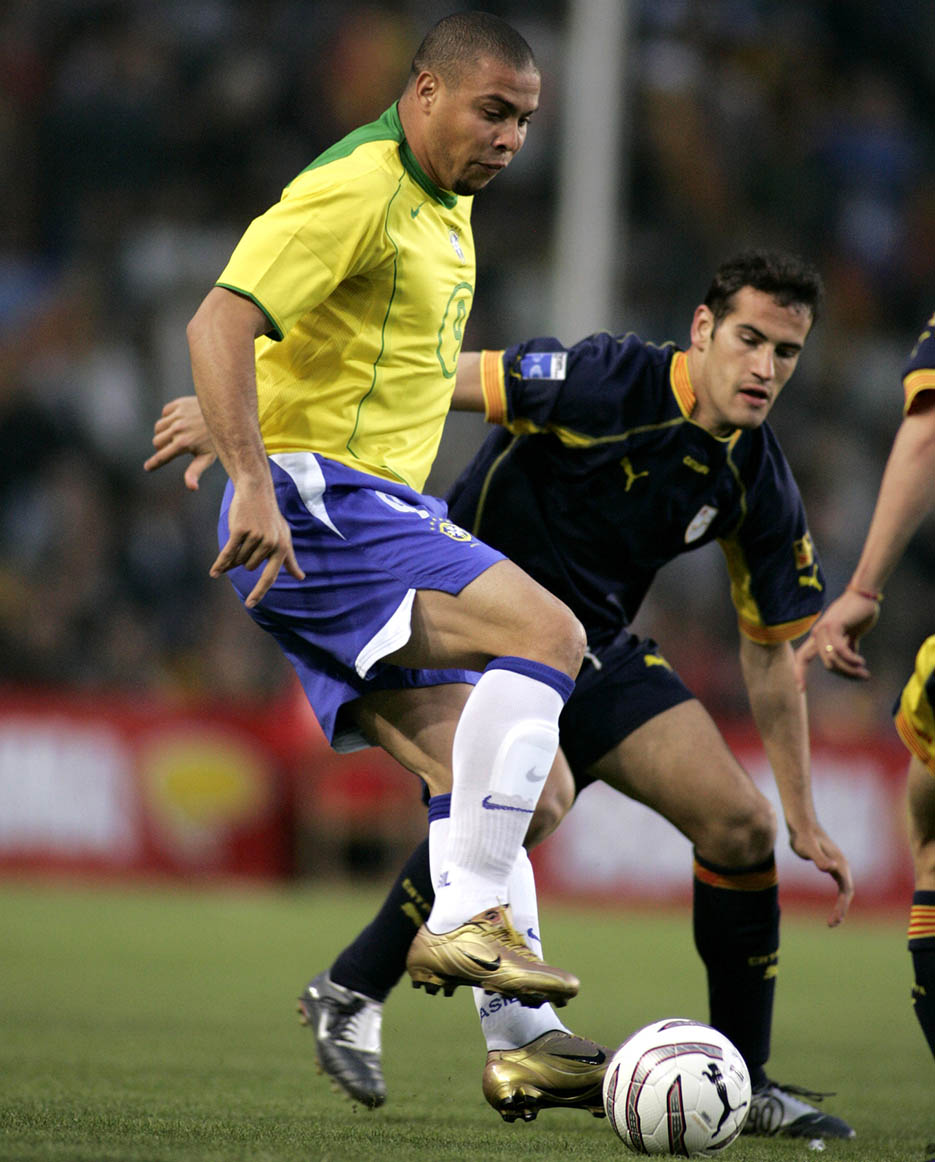
Ronaldo, sometimes called - pejoritavely to the other younger legend - "the real Ronaldo" was THE number nine for a generation of people. So much so, that a more respectful differentiation between Cristiano Ronaldo and Ronaldo Nazario, is the one that labels the Portuguese player with his brand title CR7, and the Brazilian icon with R9. Ronaldo, the number nine. We all know who. Simple as that.
One of the lyrics for the song Liverpool fans sang to their striker Fernando Torres was just that: "Fernando Torres, Liverpool's number nine!"
Some of the best players in the game have worn the number 9 shirt: Alan Shearer, Robert Lewandowski, Gabriel Batistuta, Alfredo Di Stefano, Hugo Sanchez, Marco van Basten, Bobby Charlton, Filippo Inzaghi, Fernando Torres, Karim Benzema, Ian Rush, Luis Suarez, Ronaldo…
Their goalscoring record helped shape the myth of the number 9. But let’s look at what it takes to get a legendary status while wearing the number associated with goalscoring.
Ronaldo R9 has played for Real Madrid, Inter Milan, PSV Eindhoven, Barcelona, Corinthians, AC Milan, and Cruzeiro, scoring 298 goals in 455 games. His record with Brazil is even more stellar with 62 goals in 99 matches!

Alan Shearer is one of the quintessential number 9s in football, and his record solidified the importance of the shirt in England. The Premier League's top goalscorer of all time played for Newcastle, Blackburn, and Southampton in his club career, scoring 361 goals in 699 matches! For England, the centre-forward bagged 30 goals in 63 matches.
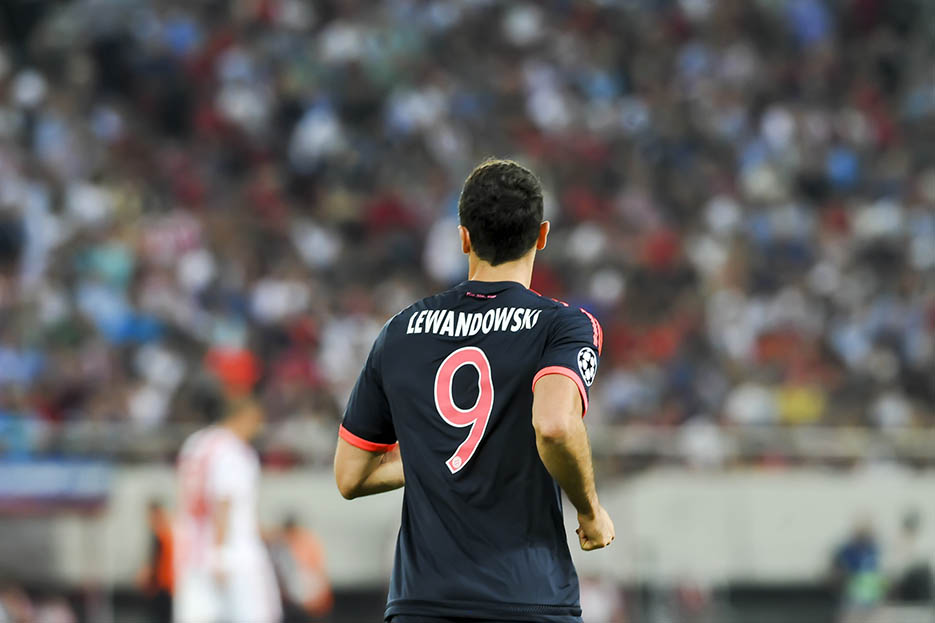
Robert Lewandowski is another player who has made the number 9 a part of his brand. RL9 is still active and counting his goals, reaching 82 in 146 games for Poland. His club career saw him represent five clubs - Barcelona, Bayern Munich, Borussia Dortmund, Lech Poznan, and Znicz Pruszkow, scoring 554 goals in 748 matches.
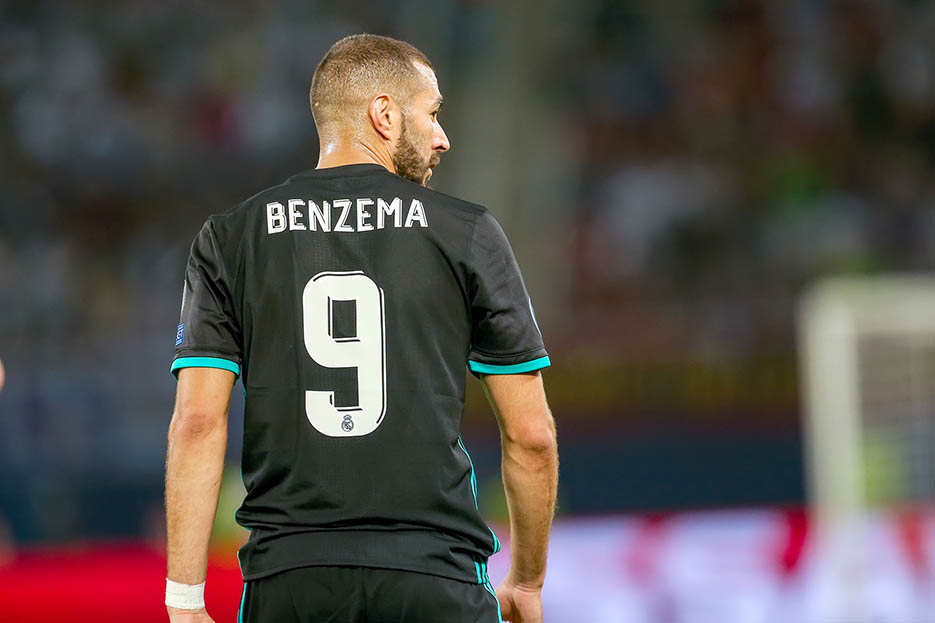
Karim Benzema is another player who is still taking notes on his goal returns, but the stats are already impressive on a historic level. With Real Madrid, Lyon, and Al-Ittihad the only clubs he has represented, Benz has 432 goals in 816 matches. In 97 international games, Karim has scored 37 goals for France.
Welsh centre-forward Ian Rush is best known for his Liverpool career, for a good reason, he played 649 games for LFC, scoring 336 goals. Overall he also represented Leeds, Juventus, Wrexham, Newcastle United, Sheffield United, and Chester City, competing in 772 games and scoring 356 times. At a national level, he scored 28 goals in 73 matches.

Representing only two clubs in his career, Ajax and Milan, Marco van Basten is one of the ultimate legends of football. His goalscoring ratio speaks volumes, as in 379 games he has 283 goals! While for The Netherlands he scored 24 goals in 58 matches.
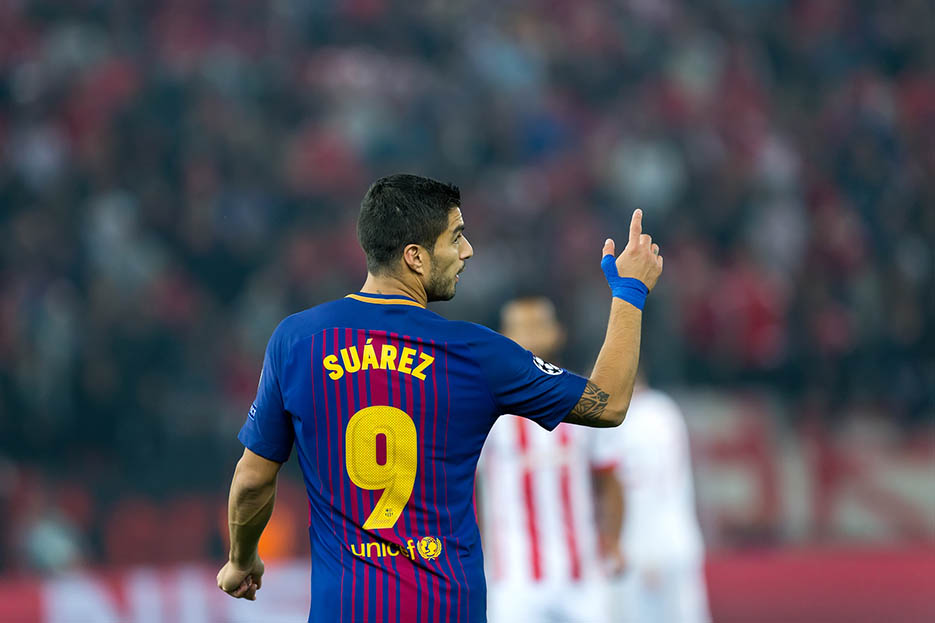
A modern number 9 who is still competing, Luis Suarez left his mark on Barcelona, Liverpool, Ajax, Groningen, Atletico Madrid, Gremio, and Club Nacional. Scoring 471 goals in 768 matches. While bagging 68 goals in 138 games for Uruguay.

AC Milan's longtime number 9 Filippo Inzaghi also played for Juventus, Piacenza, Hellas Verona, Atalanta, Parma, and Leffe, scoring 288 goals total in 623 games. For Italy, he scored 25 times in 57 matches.
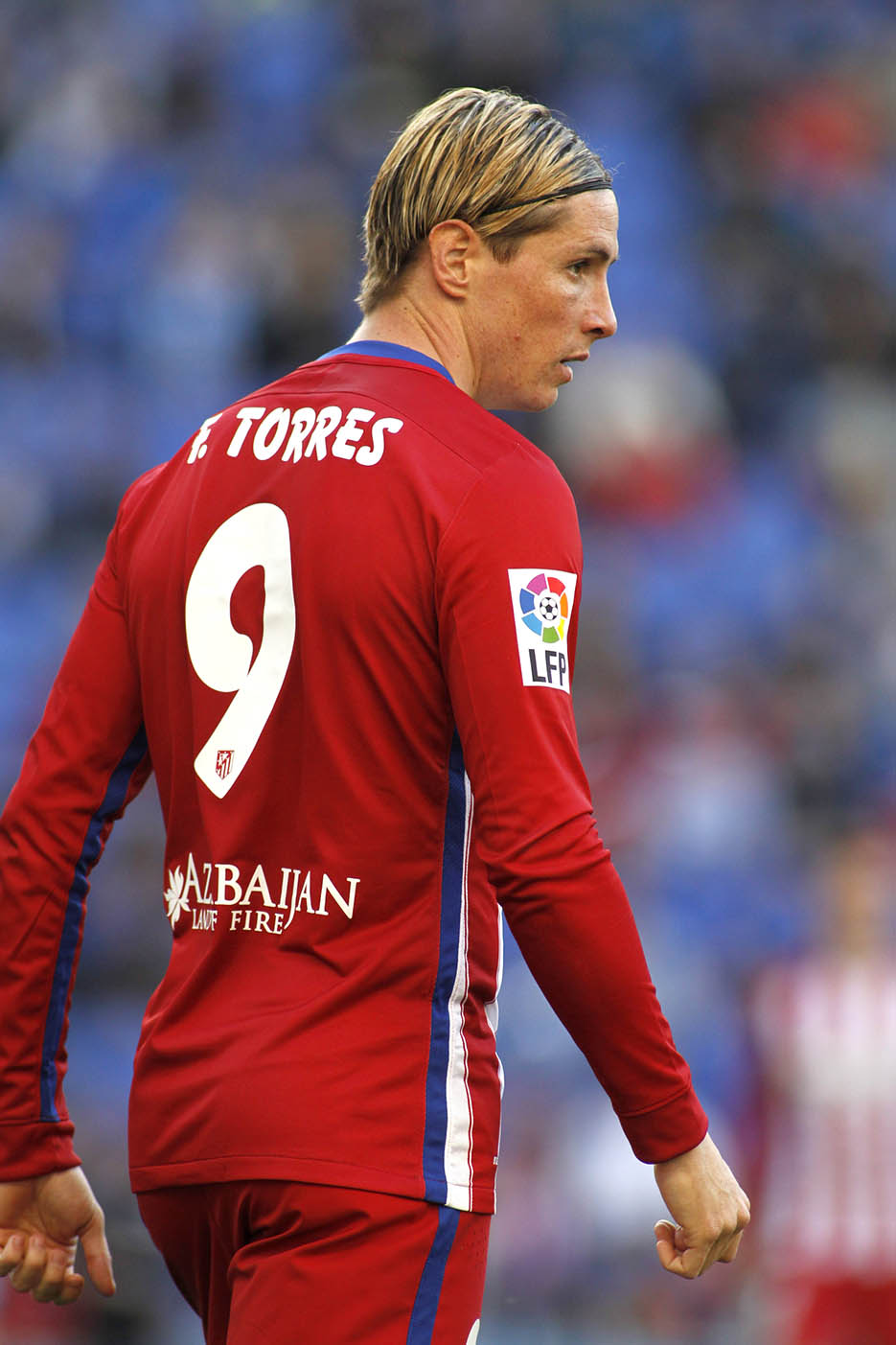
In the era of social media, Fernando Torres' legacy is tarnished far too much by the misses he had at Chelsea. Yet looking at all his numbers representing CFC, Atletico Madrid, Liverpool, Milan, and Sagan Tosu, it's clear that Torres was a propper number 9 player, with 263 goals in 760 matches. For Spain, El Nino scored 38 goals in 110 games.
Alfredo di Stefano, the man who wore the number 9 on a white Real Madrid shirt is one of football's biggest legends ever. He has earned such status playing for River Plate, Huracan, Millonarios, and Espanyol besides Los Blancos. In 669 games he has an astounding return of 480 goals. Representing two nations back when it was possible, he scored six in six for Argentina, and 23 in 31 games for Spain.
Many considered Sir Bobby Charlton to be the first proper English number 9. Playing in the 1950s, 1960s, and all the way up to 1980, Charlton represented Manchester United, Preston North End, Waterford United, Newcastle KB United, Perth Azzurri, and Blacktown City. Scoring 263 goals in 812 games. His record for England was even better, scoring 49 in 106 games.
Hugo Sanchez is another Real Madrid legend on this list, yet one who has represented Atletico as well. But also UNAM, San Diego Sockers, America, Rayo Vallecano, Atlante, Linz, Dallas Burn, and Atletico Celaya in his long career. Ending it with 486 goals in 821 games. With 29 goals in 58 games for Mexico.
One of the legendary players that defined an era of Italian football, Gabriel Batistuta played 551 games for Roma, Fiorentina, Inter, River Plate, Boca Juniors, Newell's Old Boys, and Al-Arabi, scoring 297 times. For Argentina, he had an amazing return of 54 goals in 78 matches.
While the number 9 used to be primarily tasked with staying up front, seeking crosses and placing the ball into the net. Barely anything else. Now, those times are long gone.
Holding the prestige of old times, the modern 9s have to earn their wages and reputation in more ways than one.
Goalscoring ability and composure remain the most valued and most commonly valued traits of a number 9 wearer.
For a while now, the strikers have to be running into channels between the members of the opponent’s defence. Battle for the long balls, act as a leader for the front unit.
Yet in the modern game, the striker needs to be adept at pressing, closing down opponents and causing panic in the backline. Mining his own chances.
Their attacking tasks have also increased, with the number 9 players often dropping back to architect the final moments of the attack, employing their teammates on the side.
With all of these new tasks of the striker, even one wearing the famed 9, won't get the fan and media-given moniker of being a "proper 9" without scoring loads of goals.
Doing so while being an overall rounded player, robust, good in the air, showing a killer instinct to shoot first, and think about passing second.
A false 9 is one of the possible roles of the striker, in which the most positionally advanced player in the lineup actually drops down towards his midfield.
Dropping deeper into the pitch aims to create confusion amongst the opponent's backline, as the centre-backs have to decide whether to follow the 9 or let him be further away from the goal.
Chasing the false 9 caused the centre-back partnership to break positionally, but also to leave a lot of space for the wingers to exploit. The midfielders can then directly engage the wingers with a through or long ball. Or the false 9 can get involved via flick-ons or trying to turn and play on.
While not following the false 9 gives the attacker a lot of room to face the goal and operate.
A false nine with great passing, vision, and ideally with a strong long-range shot, is a nightmare question mark for defenders.
A great example of a false 9 is Roberto Firmino at Jurgen Klopp’s Liverpool. Even though he was the most ahead LFC player on the tactics and formation panel, he was the club's third, sometimes even fourth main goalscorer.
Lionel Messi and Francesco Totti are some other notable examples of players who played as false nines.
Even though the world's greatest goalscorers Cristiano Ronaldo and Lionel Messi weren't marked by this shirt number, the number 9 in football still holds the same value. It's synonymous with goalscoring, the most difficult part of the sport. A kid might look up to one of the two, have their posters on the wall, and scream “Siuu!” but when given the opportunity of wearing the number nine, their entire identity will change forever. That hunger for goals will stick with them forever.

Who’s most valuable player in the world in a way reveals who is the best. Or best investment. So here are the record market values for football players ever!
Commitment that Margot Robbie couldn't get - discover the football players with the longest contracts in Europe's top five leagues.
Deals that can be studied on universities across the world, check out the many surprising biggest transfer profits in football history. Flops and hits.
Football player with the most games played in a season in the last 15 years is usually who is who of the best players in the respective seasons!
The new usual suspect has already climbed the list for most Premier League hat-tricks of all time and is destined for the throne.